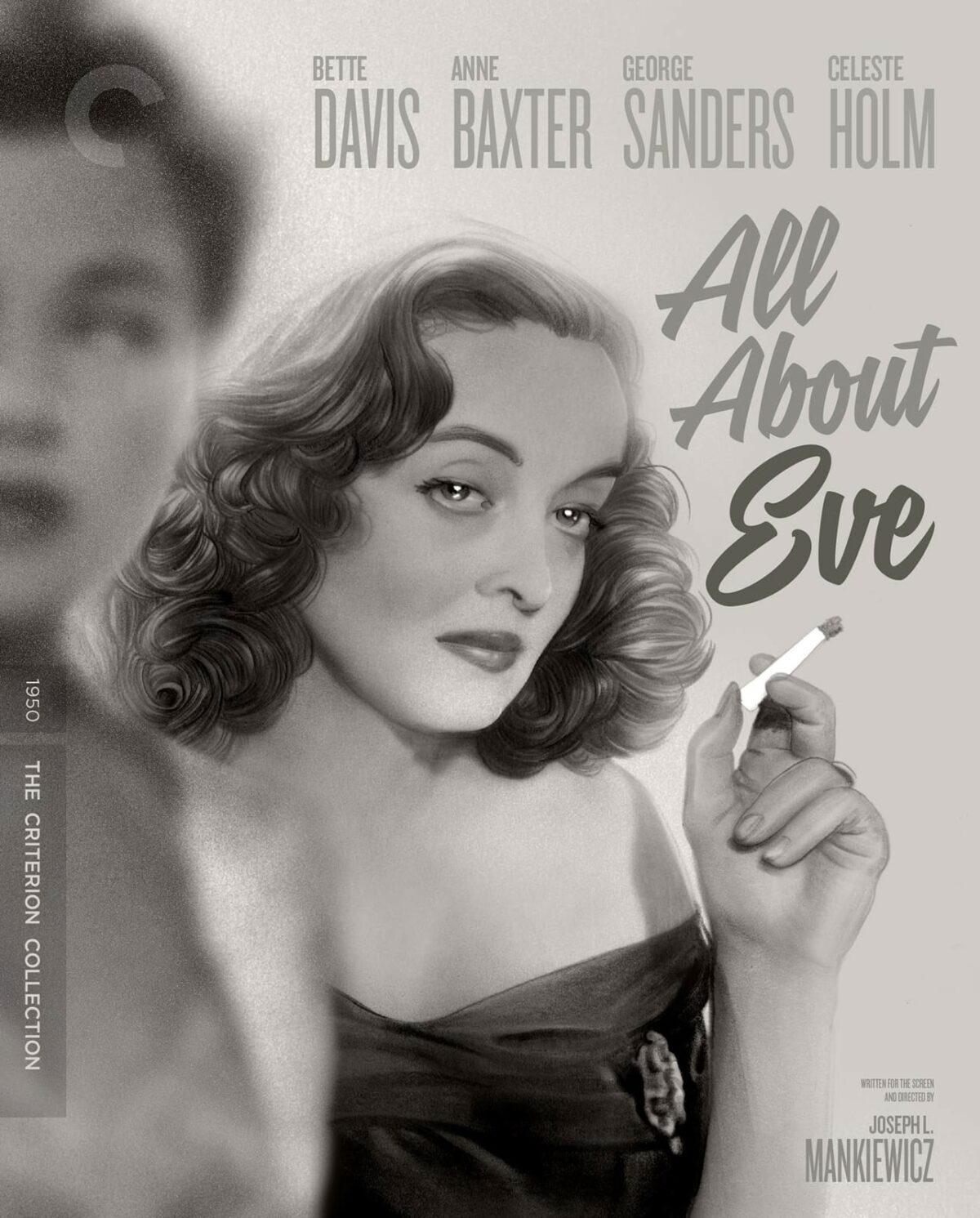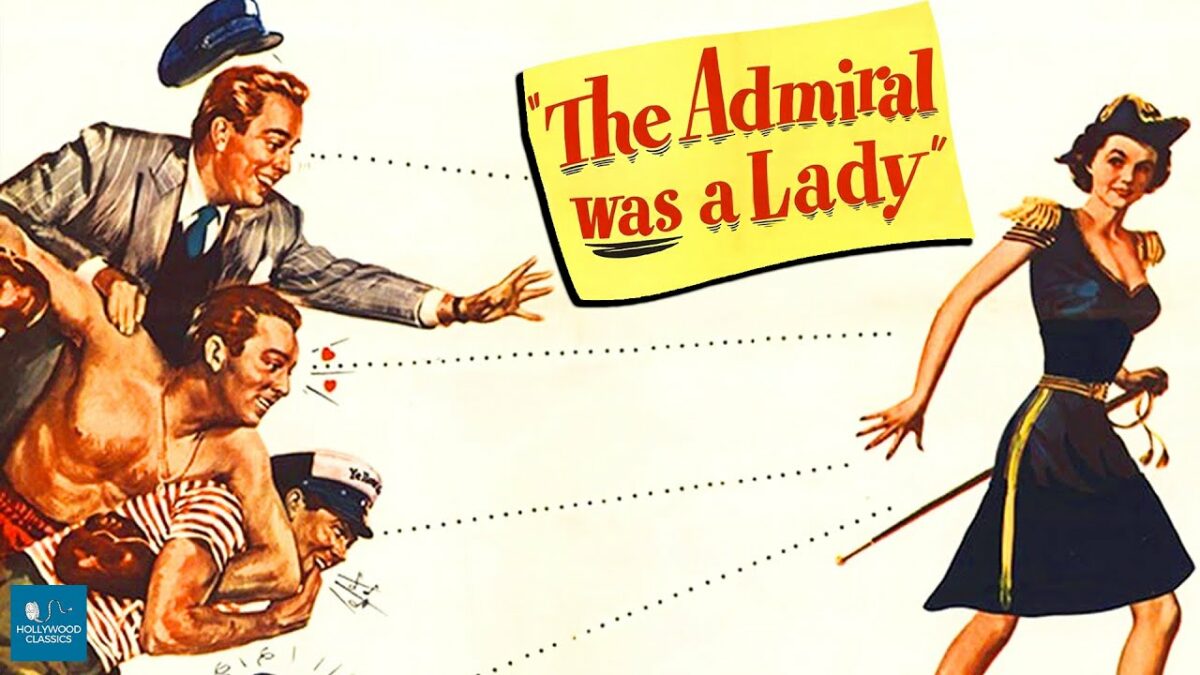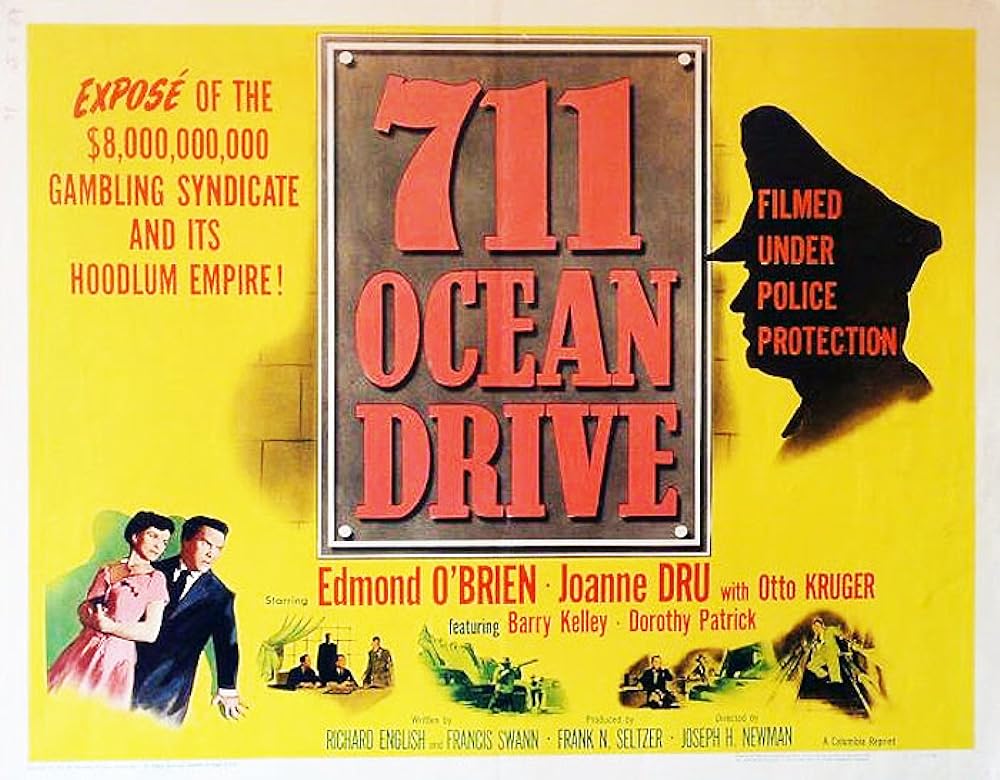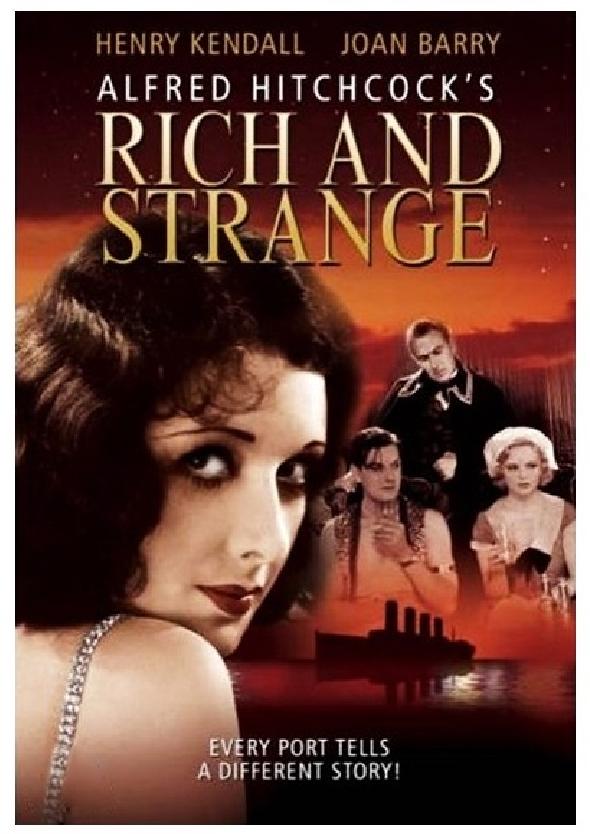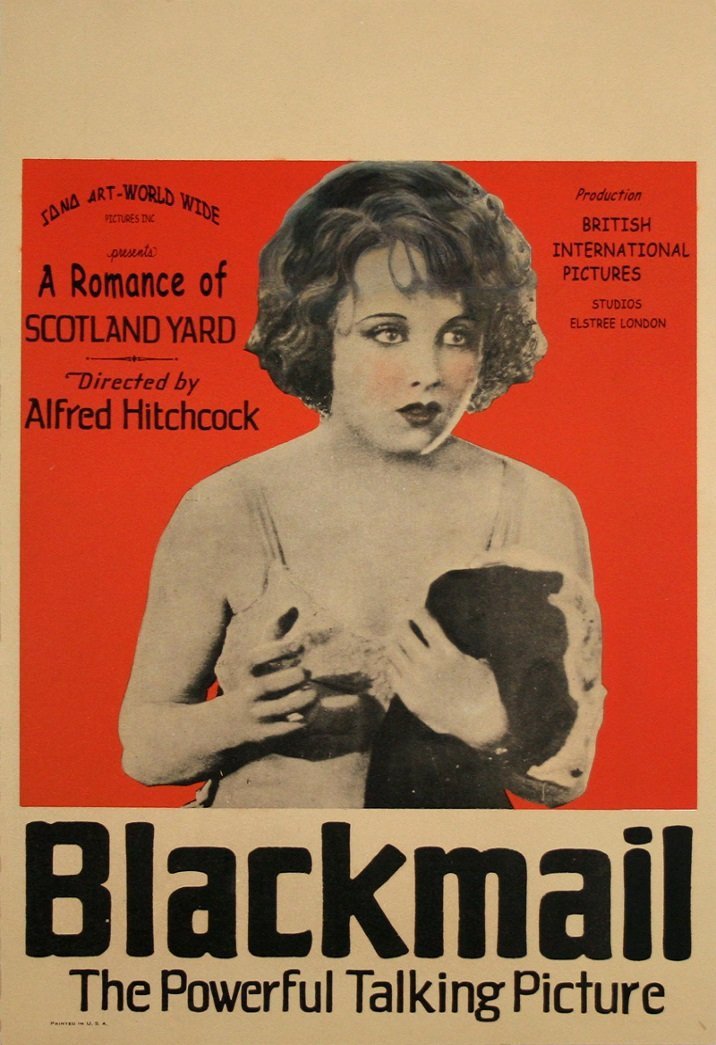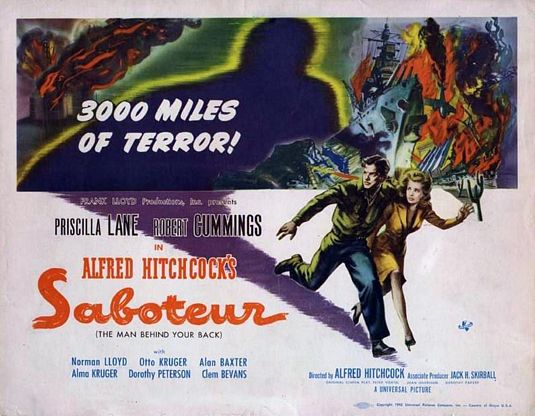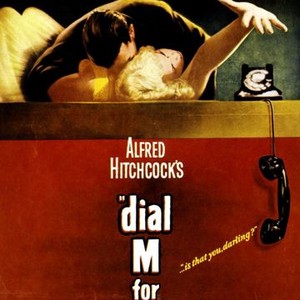Introduction:
Released in 1950, “All About Eve” stands as a timeless classic, directed by Joseph L. Mankiewicz and starring an ensemble cast led by Bette Davis, Anne Baxter, and George Sanders. This cinematic gem has earned its place in the annals of film history for its gripping narrative, exceptional performances, and exploration of the cutthroat world of theater. In this comprehensive review, we delve into the intricacies of “All About Eve,” examining its plot nuances, character dynamics, thematic depth, and its enduring impact on cinema.
Plot Summary:
The film opens with a seemingly innocent encounter between an aspiring actress, Eve Harrington (Anne Baxter), and Broadway star Margo Channing (Bette Davis). Eve, initially a devoted fan, ingratiates herself into Margo’s inner circle, gradually revealing a cunning ambition for fame and success. As the plot unfolds, the narrative becomes a web of manipulation, betrayal, and ambition, exploring the dark underbelly of the entertainment industry. The film is presented as a series of flashbacks, narrated by Addison DeWitt (George Sanders), a cynical and sharp-witted theater critic.
Themes:
- Ambition and Betrayal: At the heart of “All About Eve” lies a profound exploration of ambition and the betrayal that often accompanies the relentless pursuit of success. Eve Harrington’s ascent from a starstruck fan to a scheming protegé mirrors the ruthless nature of the entertainment industry, where ambition can lead to both triumph and treachery.
- Age and Relevance: The film delves into the theme of aging in the spotlight and the fear of becoming obsolete in an industry that often prioritizes youth. Margo Channing’s character grapples with the passage of time and the challenges of maintaining relevance in a profession that values youth and novelty.
- Theater Culture and Celebrity: “All About Eve” provides a scathing critique of the theater culture and the cult of celebrity. Through Margo Channing’s experiences, the film explores the pressures and pitfalls of stardom, shedding light on the delicate balance between adulation and scrutiny.
Character Dynamics:
- Margo Channing (Bette Davis): Bette Davis delivers a tour de force performance as Margo Channing, a seasoned Broadway star facing the insecurities that come with aging in the entertainment industry. Davis captures the complexity of Margo’s character, portraying her vulnerabilities, wit, and emotional depth with unparalleled skill.
- Eve Harrington (Anne Baxter): Anne Baxter’s portrayal of Eve Harrington is both nuanced and captivating. Baxter skillfully navigates the character’s transformation from a seemingly innocent fan to a manipulative and ambitious protegé, showcasing the duality of Eve’s persona.
- Addison DeWitt (George Sanders): George Sanders’ performance as Addison DeWitt, the acerbic theater critic, adds a layer of cynicism and wit to the narrative. Sanders’ portrayal of the jaded observer provides a narrative anchor, guiding the audience through the intricate web of alliances and betrayals.
Cinematic Excellence:
- Screenplay and Dialogue: The screenplay, written by Joseph L. Mankiewicz, is a masterclass in storytelling and character development. The sharp and sophisticated dialogue, infused with wit and depth, contributes significantly to the film’s enduring legacy.
- Cinematography and Visual Composition: The film’s cinematography, helmed by Milton R. Krasner, captures the glamour of the theater world with elegance. The visual composition, marked by expressive lighting and framing, enhances the emotional impact of key scenes, creating a visually stunning cinematic experience.
Legacy and Awards:
“All About Eve” received widespread critical acclaim and went on to win six Academy Awards, including Best Picture, Best Director, and Best Screenplay. Its impact on the film industry is evident in its enduring presence on lists of the greatest films of all time and its influence on subsequent generations of filmmakers.
Conclusion:
In conclusion, “All About Eve” (1950) remains a cinematic masterpiece that transcends its era. Joseph L. Mankiewicz’s keen direction, coupled with stellar performances from the cast, elevates the film to a level of cinematic excellence that few productions achieve. As we revisit this classic, it becomes evident that “All About Eve” is not merely a film about the theater; it is a timeless exploration of human ambition, the harsh realities of the spotlight, and the intricate dance between success and betrayal. With its sharp dialogue, compelling characters, and thematic richness, “All About Eve” continues to captivate audiences, solidifying its place as an enduring gem in the tapestry of cinematic history.
